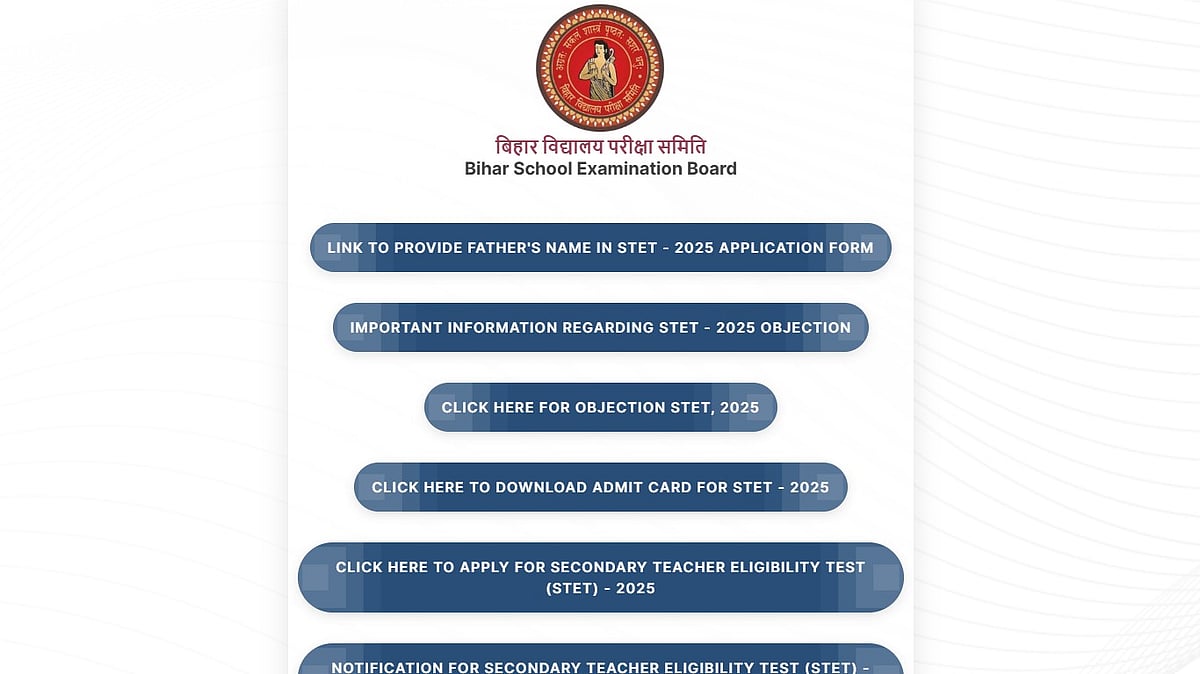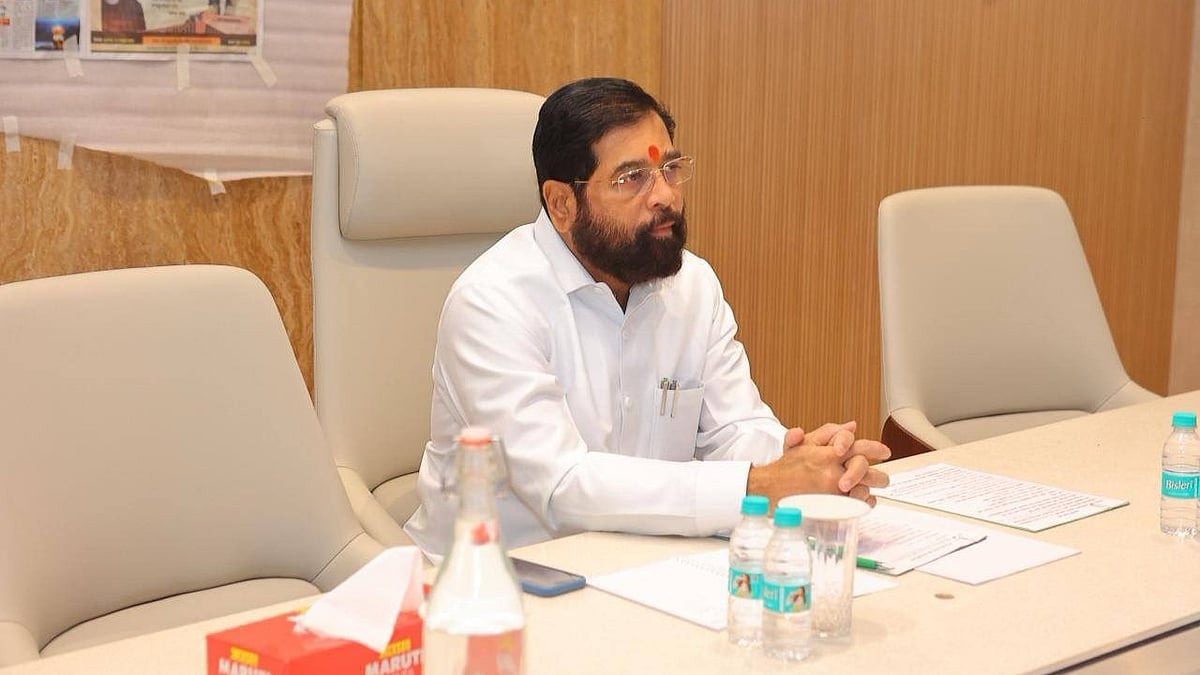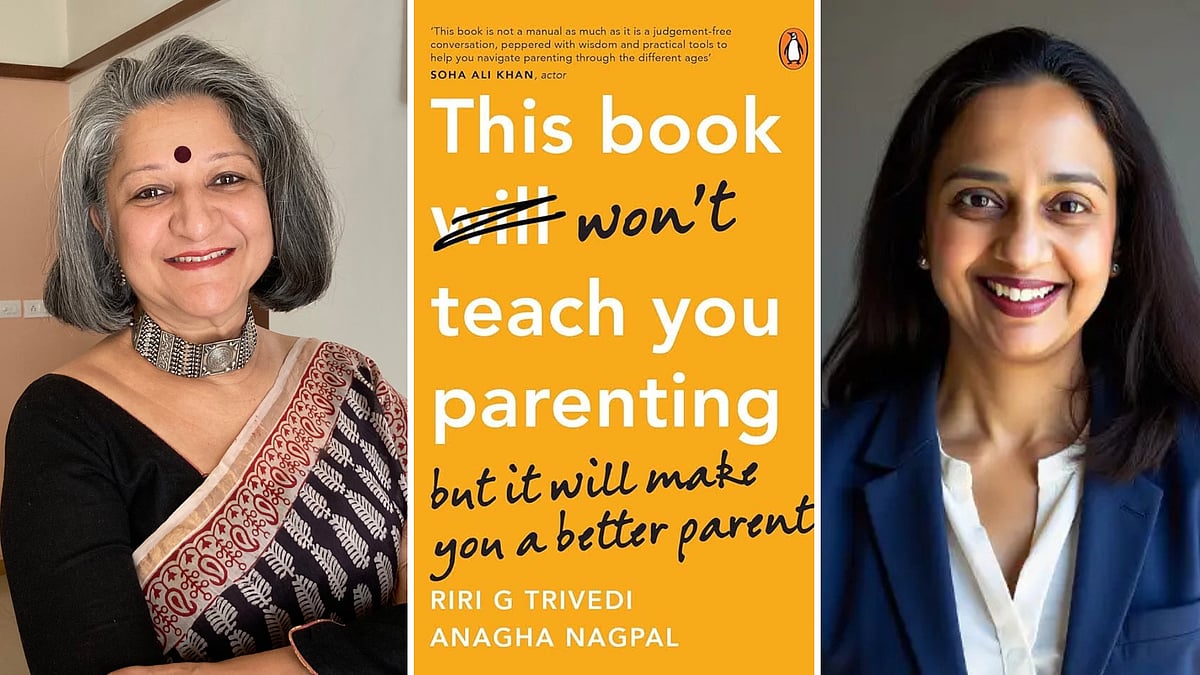When Pandit Jawaharlal Nehru gave his acclaimed “Freedom at Midnight” speech, India’s socioeconomic and political problems would have defeated any group of people, however brilliant and committed.
Nikhil Menon’s book chronicles how two men – Nehru himself and the great statistician P C Mahalanobis – attempted to tackle the nation's economic woes through an unprecedented attempt at Democratic Planning.
The Five-Year Plans and their success and failures are taught in every high school history syllabus. Pandit Nehru, of course, towers in the nation’s imagination 75 years after Independence and almost six decades after his death. (Though under the Modi government, every attempt is being made to denigrate his legacy).
Most people, however, know little about the Mahalanobis and the Indian Statistical Institute (ISI), which played such a pivotal role in the economic planning process and effectively determined the arc of India’s economic policy-making till the reforms of 1991. Nikhil Menon’s book fills that vacuum.

The book is a fascinating read. Through its pages, the “Professor” Mahalanobis, as he liked to be called (as Menon informs us), emerges from the obscurity that history books have consigned him to and takes his rightful place as a titan of his time.
A physicist by training (he was the sole First Class in his cohort at Cambridge and had got a scholarship to work at the prestigious Cavendish Laboratories), Mahalanobis turned to statistics by chance. Mahalanobis’ interest was fuelled on a long journey, sailing from England to his birthplace Calcutta, when he devoured issues of a journal on statistics that his tutor had told him about.
Once home, he turned his back on Cambridge and started teaching physics at Calcutta’s Presidency College before starting a Statistics Laboratory – a narrow room adjoining his Physics department in the college. This was the precursor to the ISI, which was founded in 1931.
Mahalanobis was a pioneer in the emerging science of sample surveys, which was to prove critical once India decided to embark on its gigantic experiment of Democratic Planning. The biggest obstacle to Planning was the lack of reliable data. As Menon quotes Nehru’s letter, “If this Five-Year Plan has to proceed, statistics becomes an essential basis of it. We cannot proceed without adequate data.”
The importance that Nehru attached to statistics is clear from the fact that the Planning Commission and the Central Statistical Organisation were formed within a month of each other in 1950. The Professor played a foundational role in building India’s statistical infrastructure. In this, his contribution is equal to those of Dr. Homi Bhabha for nuclear energy and Dr. Vikram Sarabhai for Space Research.

The Professor was the driving force behind the first National Sample Survey (NSS) – the biggest and most comprehensive sampling inquiry ever undertaken in any country, till then. The first NSS sample comprised 1,833 villages chosen carefully from over 5.6 lakh Indian villages. Some of the anecdotes from this survey, recounted in Menon’s book, are similar to those told by Ramchandra Guha in his seminal India after Gandhi about India’s first parliamentary elections.
Mahalanobis was also instrumental in getting the first digital computers to India. After all, the massive amounts of data collated by the newly established statistical infrastructure could not be tabulated and analysed without the help of computers. Menon’s book recounts the professor’s challenges in his attempts to import these computers and train people to use them. Ushering in the computer age in the nation is another of his achievements that is barely recalled today.
Mahalanobis is most remembered for his drafting of the Second Five-Year Plan that ran from 1956 to 1961with its emphasis on heavy industry. This plan put the public sector at the commanding heights of the Indian economy, where it stayed till the economic reforms of 1991. Unfortunately for the Professor, the plan failed to reach its targets, and he would never again enjoy the centrality he once did in the planning process. (Though he continued to be a Member of the Planning Commission till 1967).
Menon’s book also gives a fascinating glimpse of the government’s attempts to raise “Plan-Consciousness” and involve the people in their success. He details the various publicity drives the government embarked on and its attempts to involve civil society organisations. The most interesting of these was the involvement of Bharat Sadhu Samaj, an organisation of ascetics, to propagate the benefits of the Plans and get people involved.

In his epilogue, Menon also draws attention to India’s statistical infrastructure's decay under the BJP government and its severe implications for economic policy-making.
State-directed industrialisation was a course followed by Japan after the Second World War and South Korea after the Korean war. Both hugely boosted economic development and raising people out of poverty. Why didn’t India’s attempts not work – despite having a far more residuary industrial capacity than these nations at their inflection points?
Why did India’s giant “Democratic Planning” experiment fail so spectacularly? Why did the License-Permit Raj regime spawned by these plans have to be abandoned in 1991 and the Planning Commission to be abolished in 2014?
If there is one flaw in an otherwise excellent book, it is that Menon turns a blind eye to the failures of the planning process and the License Permit Raj that it spawned. The author admits it as much in his introduction as such an examination not being his objective. In my opinion, that is what makes the book incomplete. It is almost like giving all the details about the preparations for a battle and not telling the reader which army won the battle and why the loser lost. Perhaps Menon will pursue the subject in a companion volume.
Book Title: Planning Democracy: How a Professor, an Institute, and an Idea Shaped India
Author: Nikhil Menon
Publisher: Penguin
Pages: 312
Price: Rs 799












